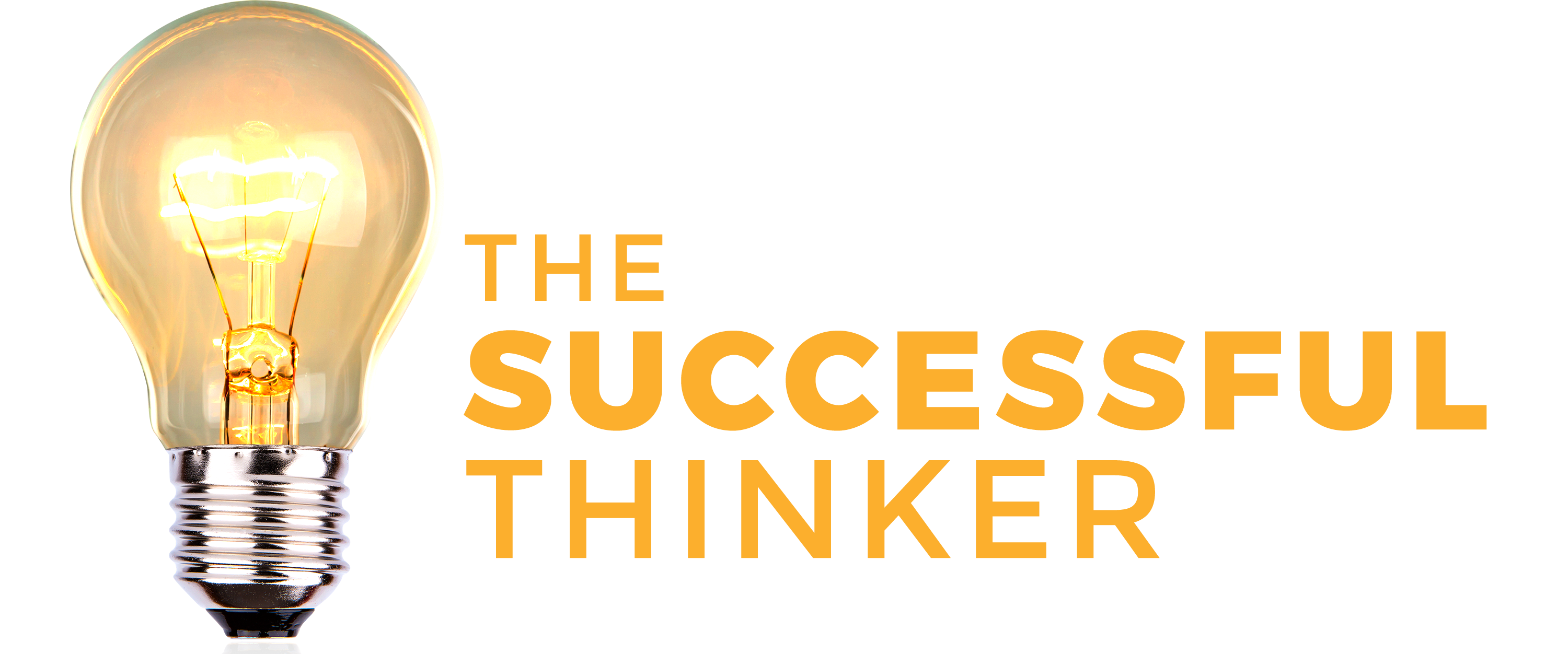A conference presentation, whether it’s at your own event or you have been given space at a trade show, is a fantastic opportunity to make a real impact on the viewer and listener. However, if you’ve attended enough events, then you’ve likely sat through some stinkers more likely to put you to sleep than to get you more invested in a product, service, or company. How do you make sure that doesn’t happen to you? Here are a few ways.

Structure what you say well
Don’t get on the stage only to ramble from point to point with only loose threads connecting them. Take the time to write what you’re going to say and create a great presentation speech. Have your overarching theme (even if you’re not immediately presenting it) and make sure that every story, every visual cue, and every point leads back to it. A good, tight presentation is always going to go over better with the crowd. Avoid forecasting your presentation and telling people what’s coming too much, as well. Just dive into it.
Speak with confidence
It might sound easier said than done, but being able to project with confidence and with belief in the thing that you’re saying is going to naturally make people pay more attention to you. Developing your confidence, especially on stage, is key. For one, you should practice your presentation, to the point that you know it well enough to break off slightly and come back to it with ease. Public speaking groups can help you practice your communication skills, as well.
Use the stage to your advantage
You’re not speaking directly into a camera, you’re not in a conference room, and you’re not on a Zoom call. You’re on a stage, which means that there’s a little bit more attention and emphasis placed on you in general. It’s also a good opportunity to capture the audience’s attention fully and generate hype. A little visual splendor with the help of things like a laser show company can do more good than you might realize. Good audio and visual isn’t just frivolity for the sake of it, it can generate excitement and anticipation, making people more likely to pay attention to you. It can also help you get in the mood to present with gusto and charisma.
Build on it after the fact
Giving the presentation is one thing, but if you want people to keep thinking about it and talking about it, and you want to see the ideas discussed getting some legs of their own, then you should be spreading the word after the fact, as well. Follow up on your events, be it through email, blog posts, interviews, and others, helping to reinforce and continue the conversation from the topic of the presentation.
You don’t need a ton of bells and whistles, nor do you need to be overly shocking or bold. Confidence, clear communication, and a good understanding of how to hold the audience’s interest in a story are usually enough. A little razzle-dazzle does often help grab their attention, however.
